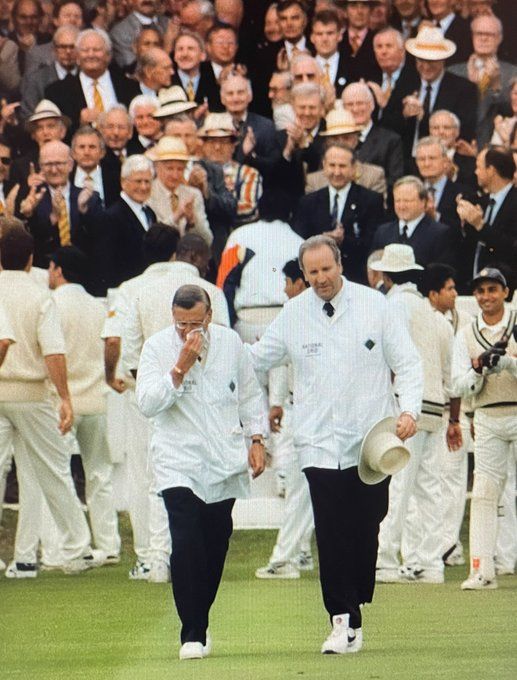Historic Cricket Pictures
@picturesporting.bsky.social
5.3K followers
18 following
590 posts
A mix of rare, unusual, spectacular, personal, and historic pictures from the earliest days of cricket to modern times
Posts
Media
Videos
Starter Packs






















